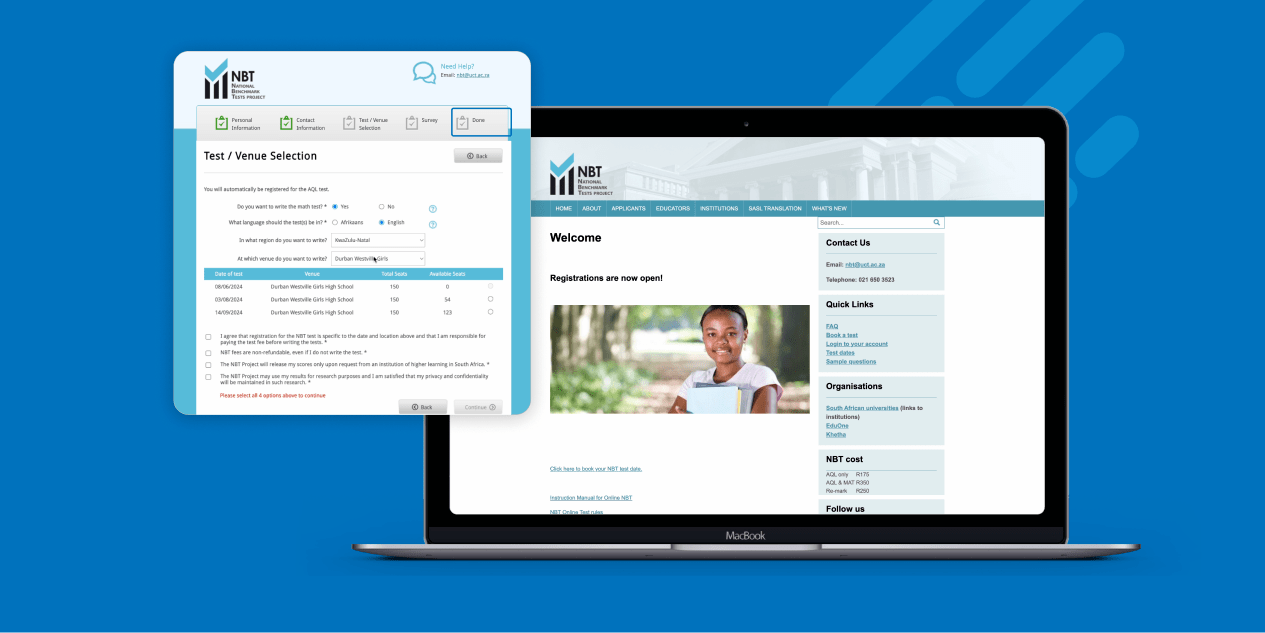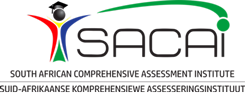
The key to successful note-taking
Student tips
Student article


Discovering your learning style
You may have heard about the importance of discovering your learning style quite often. Understanding your learning style is important because it forms the foundation of effective note-taking and studying. If you already know your learning style, that’s great! You can skip this section and continue with the next part of this blog. If you’re unsure, I’ve put together a quick breakdown of the different learning styles.
There are four key learning styles including visual, audio, kinesthetic and reading/writing. While you may be able to put yourself in one of these four boxes, it’s more likely that your learning style is made up of around two of these learning styles and possibly even more than that.
Visual
Visual learners are those who best retain information through colourful and visually stimulating notes or lessons. These learners are also stimulated by reading more descriptive language that can help them visualise important information. As a visual learner myself, this one hits a little closer to home. Discovering this part about myself helped me to streamline my learning so that I wasn’t wasting time trying to retain information in a way that wasn’t helpful for me.
Kinesthetic
These learners usually can’t sit still! They learn by watching their teacher’s hand gestures, creating a dance or actively doing the things they are learning about rather than hearing about them or reading about them.
Audio
On the other hand, others are auditory learners who retain information best when they hear it. These learners take in information most efficiently when they listen to their teachers, peers or even their own voice. This may mean recording your teacher’s lesson (with their permission) and playing back the audio of the lesson to study.
Reading and writing
Finally, reading and writing – this is another learning style that works well for me. Here, learners need to see and read about the concepts in order to retain information and remember it during a test.
Now that you understand your reading style, you’ll find that you’re able to adapt the note-taking systems that I’m going to go through below to suit your needs. For example, if you’re a visual learner, you may wish to use colour and draw some doodles and diagrams in your mind map.
Importance of effective note-taking
When you’re listening to your teacher in class, it’s important to take effective notes. Your notes will be the most effective if you use a neat and effective note-taking method or a note-taking system that works for you.
The reason it’s important to use one note-taking system is that it will enable you to reduce the amount of thought you have to put in before you start taking notes, It also enables you to learn from these notes faster because you’ll know where to look to find the information you’re looking for.
Note-taking systems
The outline method
This method works well for those who like very tidy notes and who want to see how ideas and thoughts are interlinked without viewing these in a more “creative” way like a mindmap.
In this method, bullet points and sub-bullet points are used to connect multiple ideas to one main idea. The great thing about this method is that it is linear so it has a clear start and end, which could help if thoughts need to be memorised in a more distinct methodological order. It’s also helpful because it forces you to shorten your ideas into a single point.
The Cornell method
In this method, the page is divided into three sections. ⅓ of the way across the page, a margin is drawn vertically. This leaves ⅔ of the page on the right for the bulk of the notes. Finally, a horizontal line is drawn towards the bottom of the page leaving room for another section there.
The right-hand side of the page is used to take your notes in whatever style you would prefer. The left-hand side of the page is used to list the headings of sections you are referring to on the right-hand side of the page or to pull out an important concept.
Lastly, the bottom section of the page is used to create a summary of all the information on this page. This method is helpful because ideas are clearly sectioned off on each page and the method forces you to go through your notes twice: once when you initially create them and a second time when you create the summary at the bottom of the page.
Mind Map method
This is one of the more creative methods – it doesn’t work for everyone but if this method works for you, it can be extremely effective. A core idea is presented n the centre of the page. This would almost replace your title. From this, key sub-ideas are drawn out from the inner circle. Each sub-idea will have multiple ideas connected to it.
This method can help you see where ideas are connected. It is not linear like the outline method but it allows you to connect ideas between bullets in a way that would not be possible in the outline method.
Flow chart method
In this method, the learner writes down key ideas across the page and uses arrows to link the ideas. If your teacher brings up an idea later in the lesson that links with a point you had written down at the beginning of the lesson, you have the freedom to go back to the beginning of your notes and write the idea down there.
This is the most unstructured method out of all of these note-taking methods and can end up being a little messy. The negative thing about this method is that reviewing your notes after your lesson may not be as easy as some of the other methods. Despite this, it can also be one of the most effective methods because you are taking down less information than the other methods and you are writing it down in a way that makes sense to you, which may not always be linear.
I hope these tips help you take more effective notes. Remember that there is no “right” way to take down your notes – combining these ideas will help you to create really effective notes that kickstart your learning. Let me know if you take your notes differently by sending a message to our Facebook page, Instagram account or YouTube channel.
This article was originally published on 11 May 2020
About the author
Mekayla Preiss
I am a Copywriter and Content Creator for AdvantageLearn.com. I enjoy getting creative and have a passion for people and crafting compelling content, I hope to inspire the next generation of learners and changemakers.

Can I apply for an NBT Academic Concession?
NBT
Featured
The NBT recognises the diverse needs of learners and strives to accommodate them through various academic concessions! From visual impairments to spe... Read more

Further Studies Subjects to Mechatronic Engineering
Student tips
FS Physics
Further Studies
FS Maths
Featured
On April 25, 2024, a number of learners who are interested in Further Studies Programmes joined a webinar to hear from Nicole, a distinguished alumnu... Read more

How to book your NBT test: a step-by-step guide
NBT
Featured
Booking your National Benchmark Test (NBT) is a crucial step in your journey towards university admission in South Africa. Here’s a detailed guide on... Read more
Do you want better Maths results?
Maths Online is a bank of over 2000+ extra lessons. Furthermore, gain access to our teacher support to help you when you need it!
More info

























